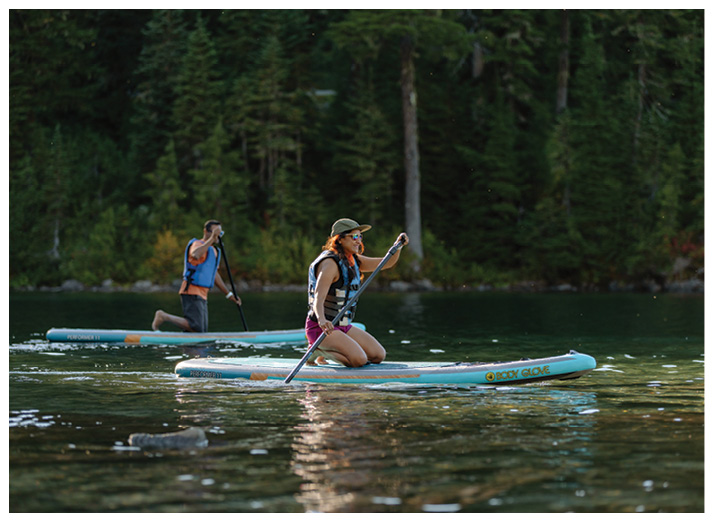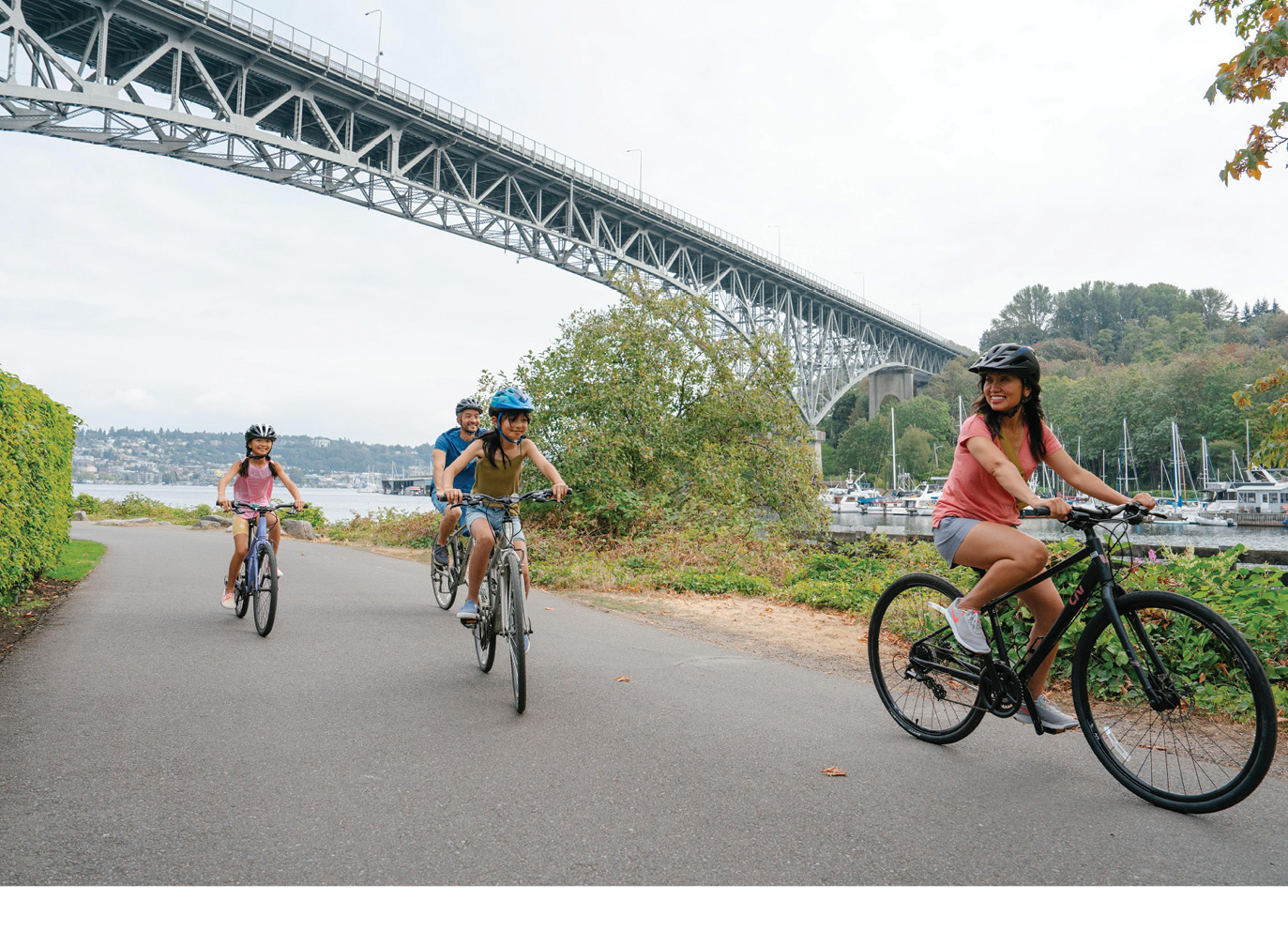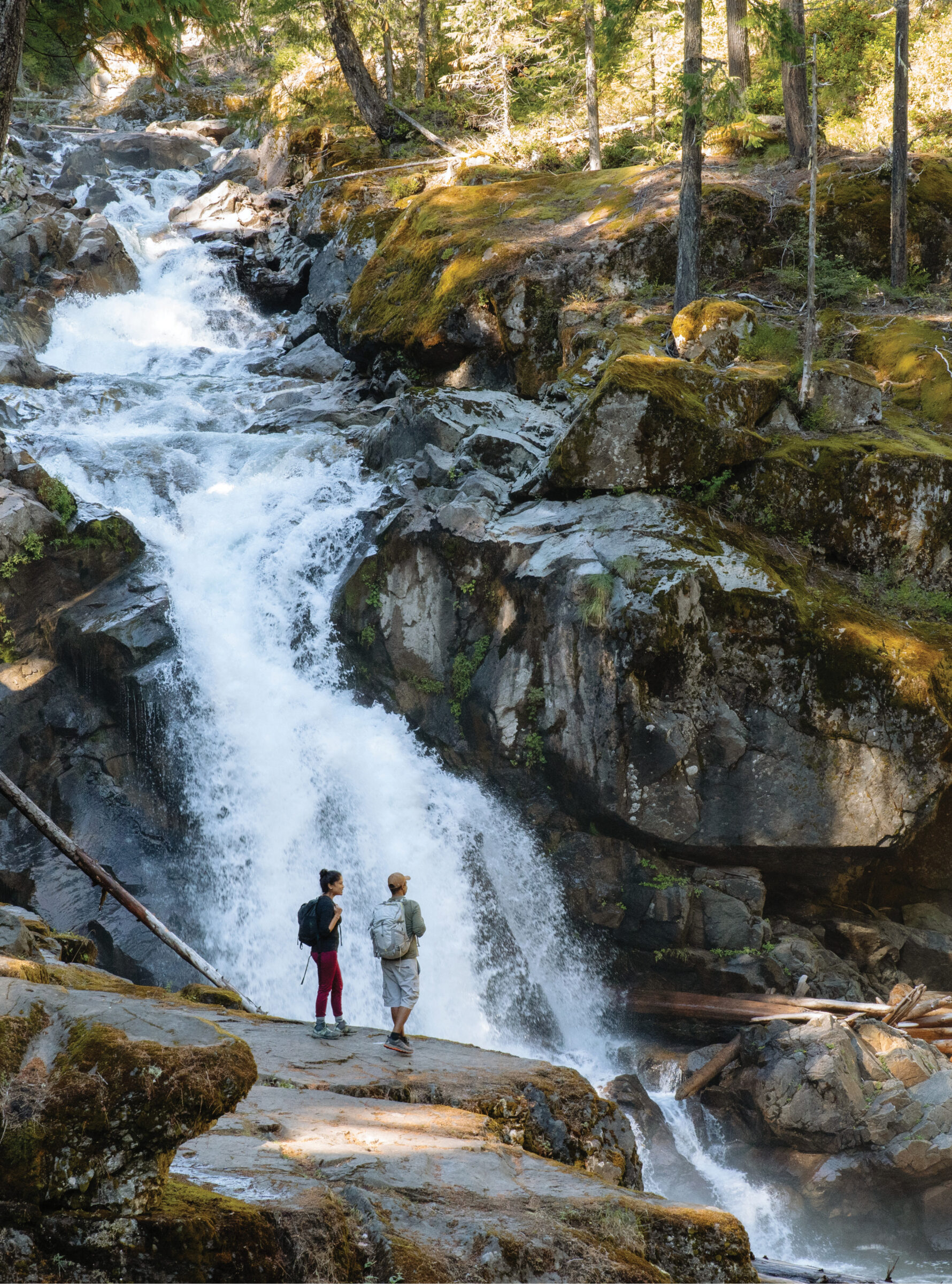Whether it’s the Mount Baker Wilderness or the towering Mount Rainier, the state of Washington boasts some of the most scenic outdoor recreational pursuits in the world.
With literally thousands of miles of biking and hiking trails, hundreds of miles of navigable waterways by kayak and canoe, and majestic peaks that stretch to the blue sky, Washington is an outdoor enthusiast’s paradise.
But don’t take our word for it. Look at the numbers. According to the Washington Department of Commerce, outdoor recreation is a $26 billion-a-year industry in the state, and that is no accident. The state continually reinvests in outdoor recreation and wildlife preservation.
Case in point is the news that came down on July 18, 2023, when the Washington State Recreation & Conservation Office announced the award of $190 million in grants for communities across the state. The money will be used for everything from adding a spray park and renovating trails in Kiwanis Park in Othello in Adams County to building campsites in the Asotin Creek Wildlife Area in Asotin County. Funds will also be used to buy land for a waterfront park along the Columbia River in Malaga in Chelan County; preserve the Castle Rock Ridge habitat in the Cascade Mountain foothills of Wenatchee; and teach outdoor ethics to students at Tall Timber Ranch in the Glacier Peak Wilderness.
From the time he took office, Gov. Jay Inslee has made outdoor recreation and wilderness preservation a top priority. “These grants advance our priority to protect Washington’s world-class outdoor recreation offerings enjoyed by locals and travelers from across the globe,” Inslee said when he announced the grants. “I’m proud of these investments. They will go a long way to ensuring Washington’s outdoor areas are healthy, open and usable by everyone.”
Jon Snyder, senior policy advisor for outdoor recreation and economic development in the Governor’s Office, says, “We use merit-based grants to get money where it’s needed most. Our state has an amazing natural heritage. The governor wants to make sure that all Washingtonians have a chance to enjoy it. That is why we will always be proactive in developing good outdoor recreational sites and getting land in the public sphere so we can manage it.”
Small Businesses Reap Rewards Too
Snyder points to multiple successes. “We’ve had good progress in preserving habitat and bringing back fish runs,” he notes. “The removal of the lower Elwha River Dam in Northwest Washington was a key project. We’re seeing positive impacts of bringing the fish back to that habitat. The governor is committed to preserving our salmon runs. He has committed hundreds of millions of dollars to fish passageways.”


Biking and kayaking are two popular pastimes in Washington.
Photos courtesy of Washington State Tourism
Just how important is outdoor recreation in Washington? Snyder says that, as an industry, it generates about $2 billion in state and local taxes each year. “It is on par with the aerospace economy in employment in our state,” he says. “This includes jobs like industrial designers at REI and mom-and-pop shops that sell bait and tackle.”
The governor is not done either, says Snyder. “This governor is developing the state’s first new, big camping park in partnership with local native tribes. He prioritizes partnering with our tribal governments and creating more access for camping for families, preserving habitat and combining recreation with conservation.”
Marguerite Austin, recreation and conservation grants section manager for the state, adds that the state works hard to ensure that people in every corner of Washington benefit from the state’s investment into outdoor recreation and wildlife conservation.
Every Pocket of the State Benefits
“There has been a lot more focus on equity to make sure that the grant dollars are reaching communities that don’t always have a chance to get grants,” she says. “With this new round of grants, we’re setting aside funds for farms and ranges for shooting practice and shooting competitions for hunters, for example. We’re setting aside lands for forest management and farmland preservation. We’re protecting natural habitats for fish and other wildlife. These have long been important priorities for the state.”
These grant programs have been around for six decades. Grant recipients typically have anywhere from two to four years to spend their money. In many cases, the awards are matching grants, says Susan Zemek, communications manager for the Washington State Recreation & Conservation Office.
In the round of funding announced in July, some 19 different Washington counties received grants. For more information on these and other programs related to outdoor recreation and wildlife conservation, go to rco.wa.gov

